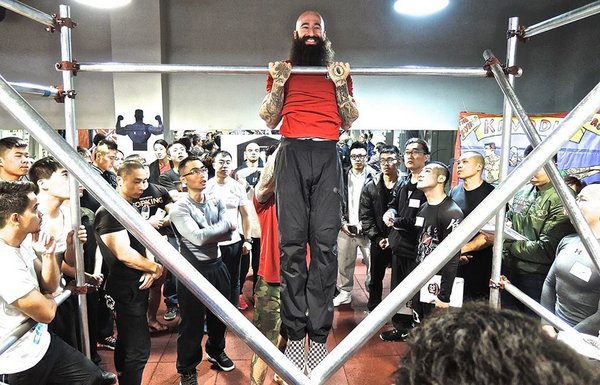
Have you ever heard a voice inside you that says, “I’d like to do a pull up, but I don’t know where to start?”
In the movie Field of Dreams, Ray Kinsella (played by Kevin Costner) was a farmer who heard a voice whisper from his corn field, “If you build it, he will come.” The message was that there would be a reward if he listened and followed through by turning his farm land into a baseball field.
If you’ve seen the movie, you know that Ray took a chance and followed the voice. As a result, he got to fulfill his dream of playing baseball alongside some of the all-time greats as well as reuniting with his father.
If you have been hesitant and unsure of where to start building toward the pull up, then here’s your sign, and here is my whisper:
“If you build your pull-up, it will come.”
Just as Ray was hesitant and unsure, yet through different signs and signals, he took a risk and built his playing field, you can achieve a pull-up if you really want it badly enough.
But first, like Ray, you must do the work. You must plow your corn. Let’s start by working the top and bottom of the pull up.
First, get comfortable hanging on the bar. This can actually be a bit scary for first timers, especially if the bar is high. I have worked with clients that fear they are going to fall because they don’t trust their grip strength. If this is you, then have a friend assist you or make sure that you have a platform to step down on for security.
https://www.youtube.com/watch?v=vDftEVZtd04
Focus on actively hanging using both hands for as long as you can stay engaged. That may only be 10 seconds to start or it could be much longer. Either way, do this a couple of days per week, progressively working to longer times, and don’t forget to rest enough between sets so you can give a strong effort on the bar each time. Aim to progressively work your way towards one full minute. You can never hang too long on the bar!
When you have reached a minute on your standard bar hang, you are ready to try a flexed-arm hang. Get someone to assist you up or stand on a platform to get your chin over the bar. Use an underhand grip when starting out. Twice a week should be enough at first, as this type of hang can fry your nervous system when you are new to it and take longer to recover. At first you may only manage a few seconds. This is fine. Aim to gradually build toward a 30 second hold.
I also recommend the Aussie pull-up (aka bodyweight row) as an assisting exercise to help build pulling strength toward a full pull-up. Though the movement pattern is a little different than in an overhead pull-up, the Aussie pull-up can be helpful in bridging the top and bottom of the pull up together. Feel free to use either an overhand or underhand grip. Start with sets of 5 reps at a time, eventually progressing to 3 sets of 10reps. Aim to practice your Aussies 2-3 times a week, while continuing to work your flexed-arm hang concurrently.
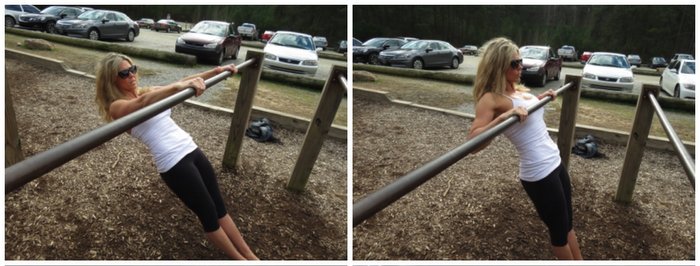
Now that the corn is plowed, let’s build your pull-up!
When you can hang on the bar for a full minute, exceed thirty seconds on a flexed-arm hang and do three sets of ten reps of Aussie pull-ups, you have built a good foundation to attempt a chin-up (a pull-up with an underhand grip). Chin-ups are a little easier to begin with for most people. Grab your bar with your hands shoulder width apart and give it a shot! If you are still unable to pull your chin above the bar, here are a few more suggestions:
1- Get a spotter to help you through the full range of motion. The spotter should only assist through the hardest points of the movement. Don’t allow your spotter to do too much of the work for you!
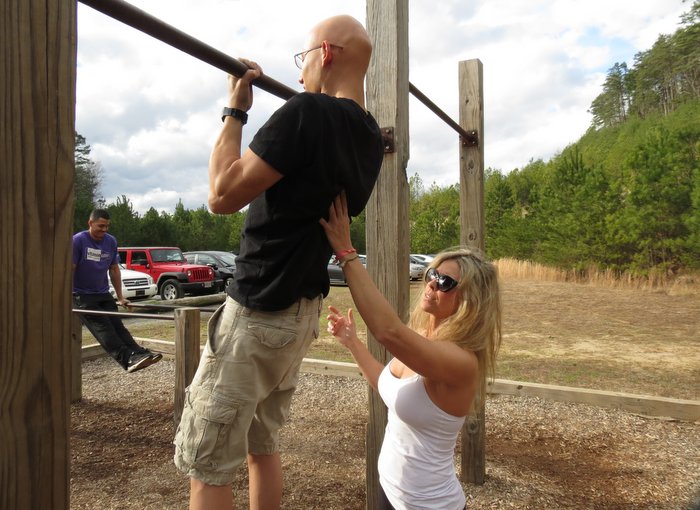
2- Practice negative pull-ups. Simply get into a flex-arm hang, lock in for a few seconds, then slowly lower yourself down with control.
3 – Keep doing the three steps mentioned above, along with with these two additional steps. Once you’ve conquered the chin up, aim to build up to five consecutive reps. Now you’re ready to change over to the overhand grip. Once you can get an overhand pull up, aim to build up to five sets of one rep. Then progress up to five sets of five reps.
If you get stuck or struggle, go back and plow some more corn. Because… “If you build it, he will come.”
****
Beth Andrews is a PCC Team Leader, Senior RKC, Primal Move Instructor, and CK-FMS. She is the owner of Maximum Body Training and has over 20 years of training experience. She also runs a successful online training business. For online training or to host a certification, email Beth at: sba1@bellsouth.net
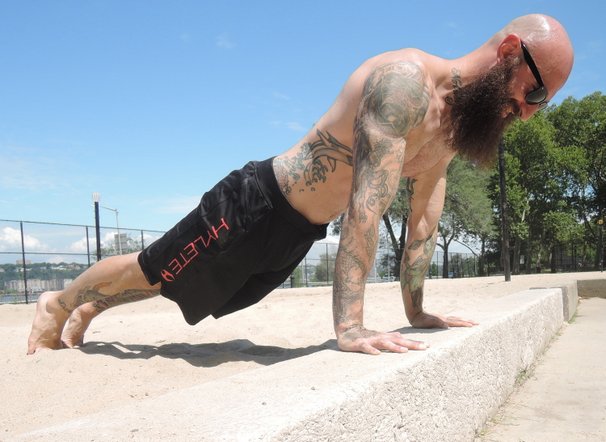
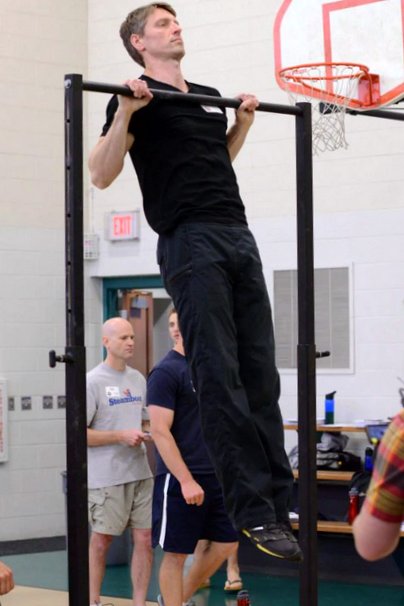
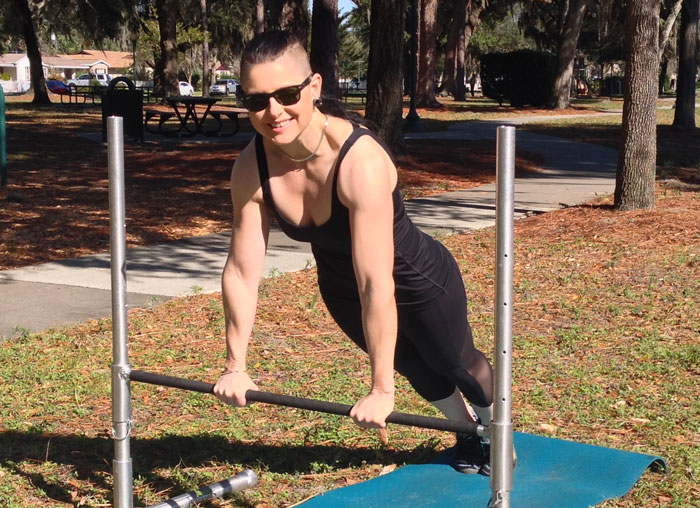

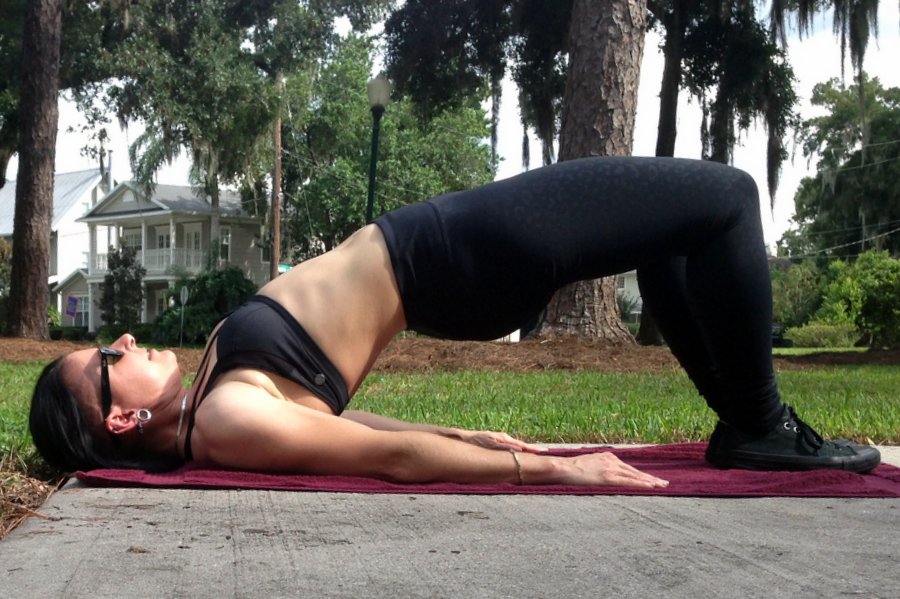
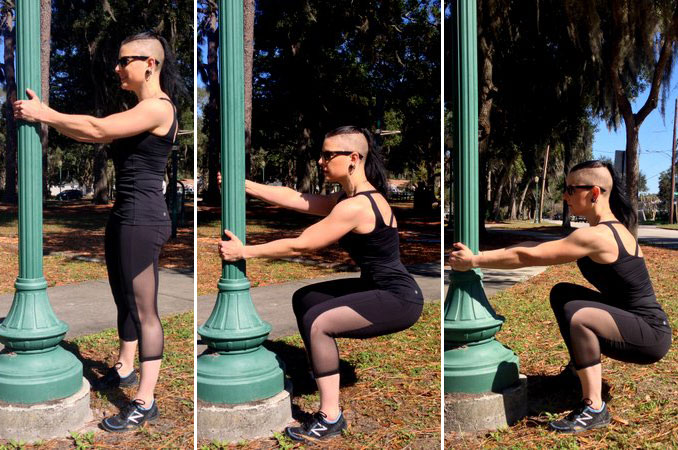
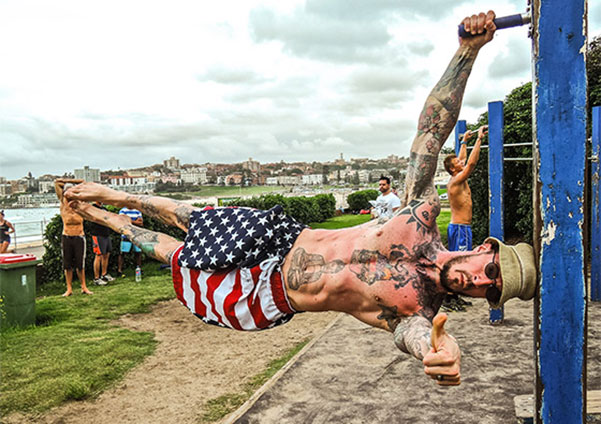
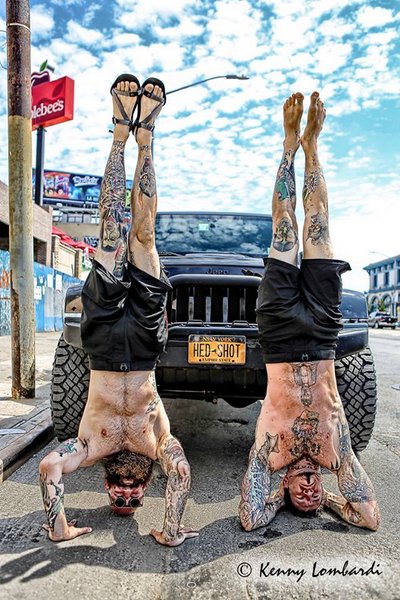
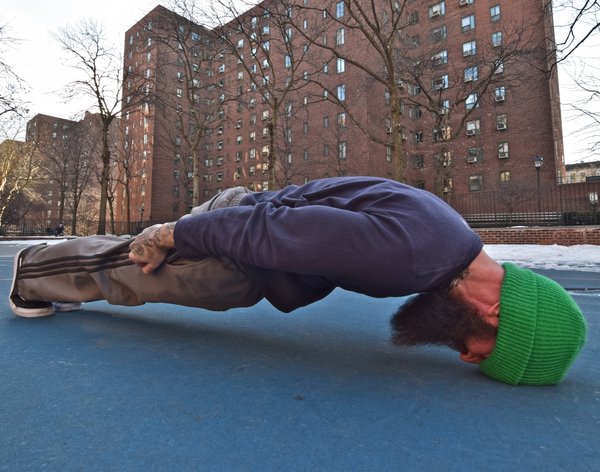
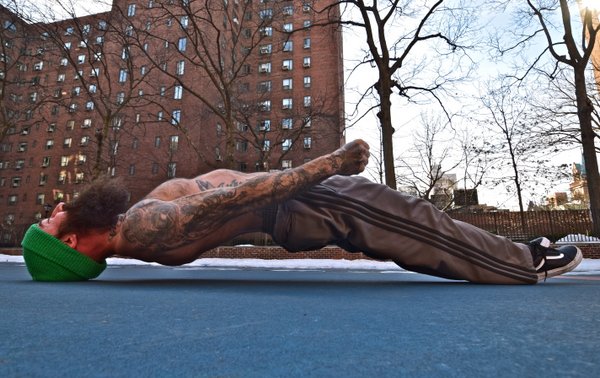
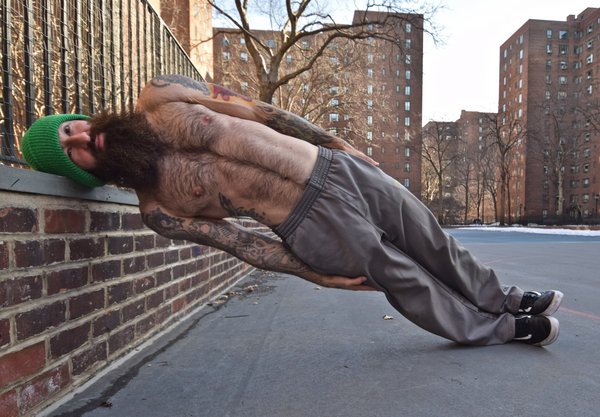
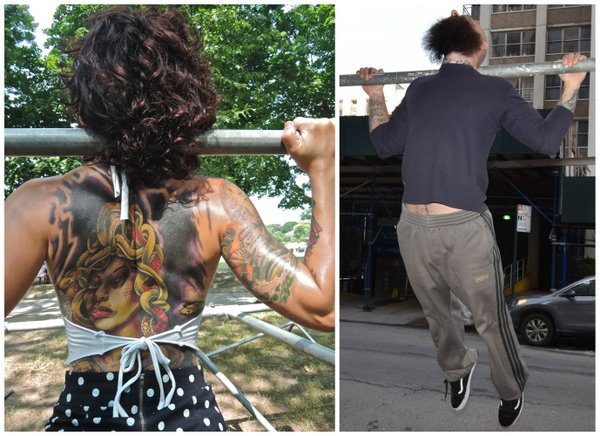
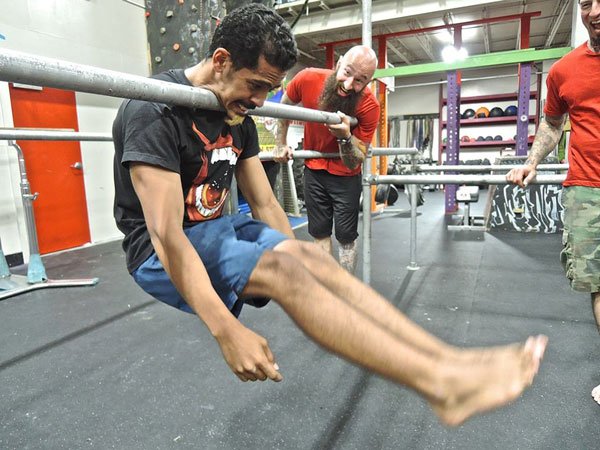
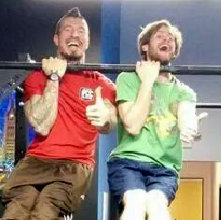 Robby Taylor, PCC, is a calisthenics enthusiast and personal trainer located in Denton, Texas.
Robby Taylor, PCC, is a calisthenics enthusiast and personal trainer located in Denton, Texas. 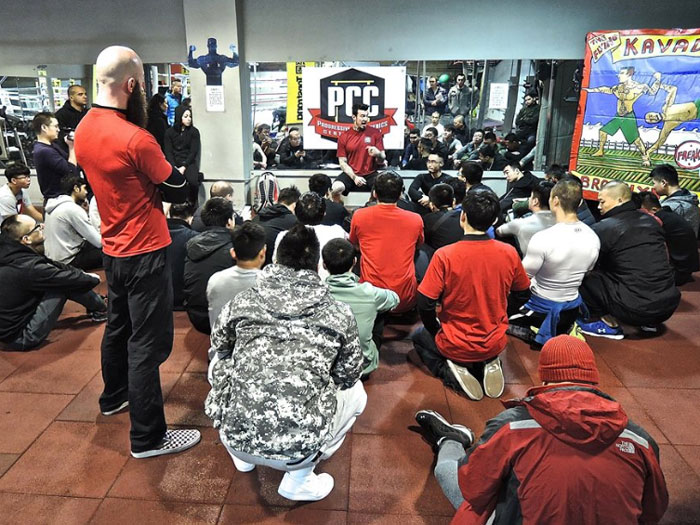
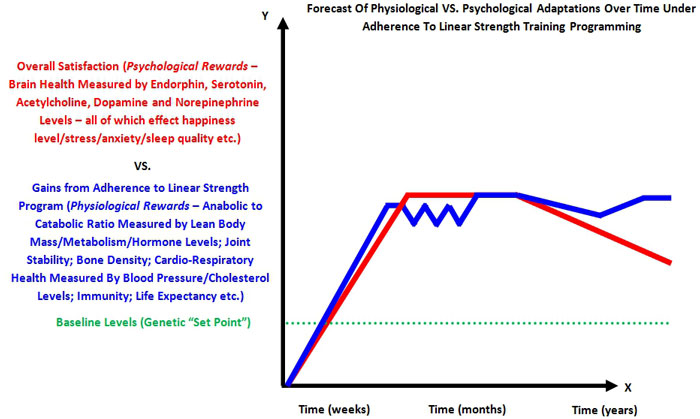
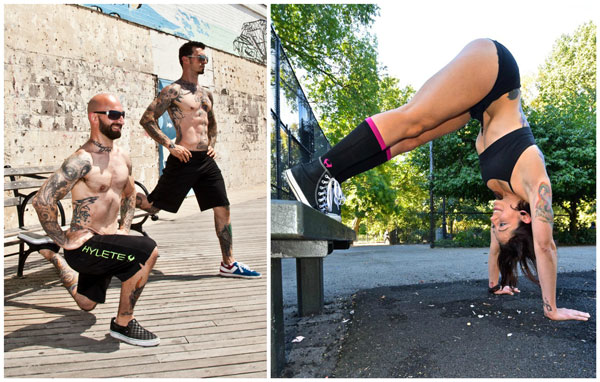



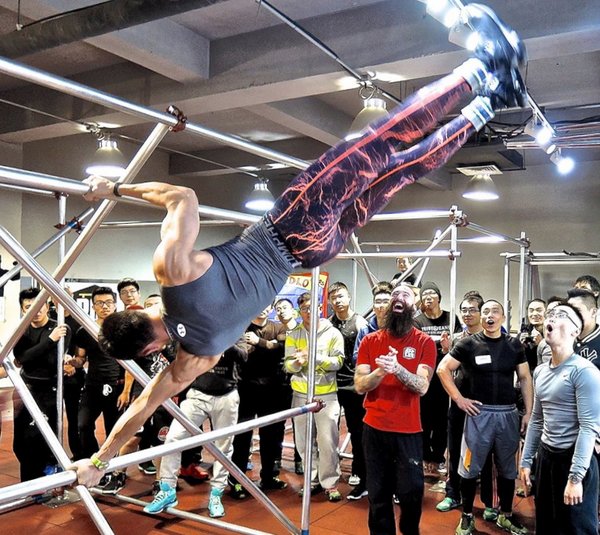
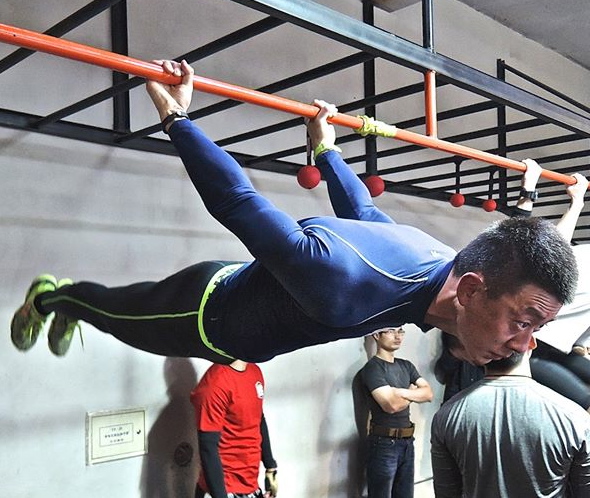
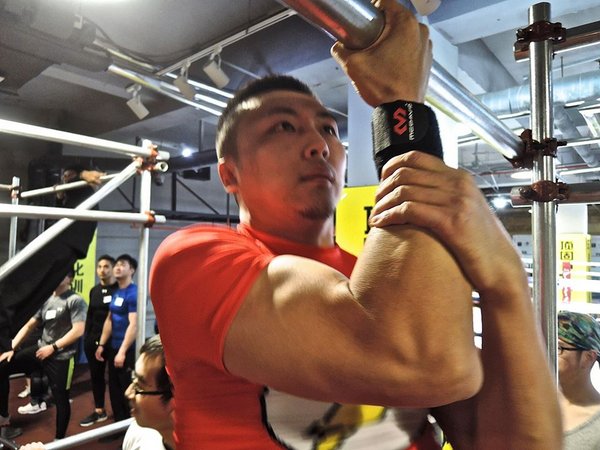
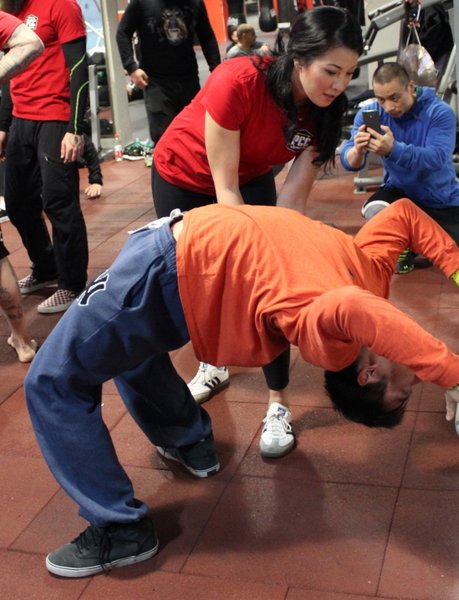
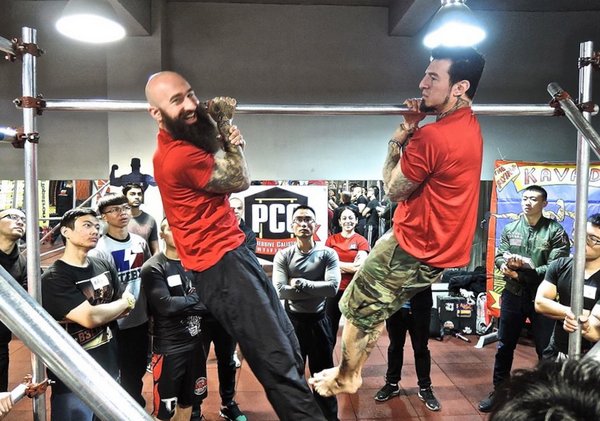
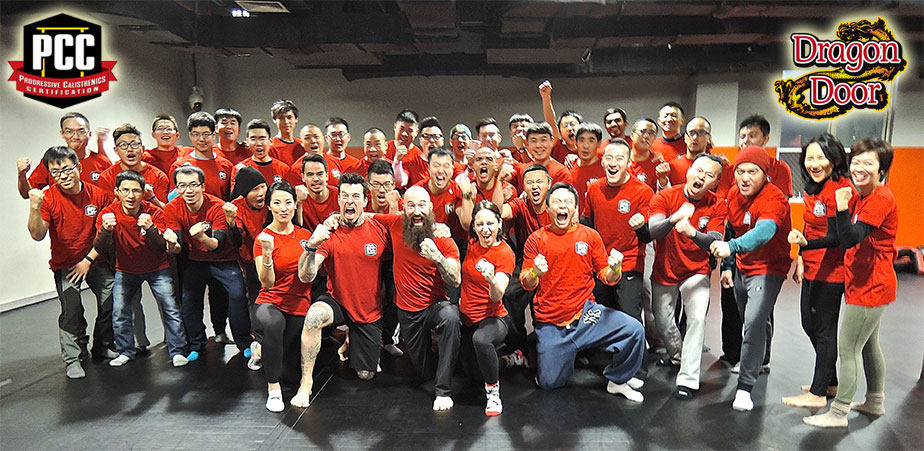
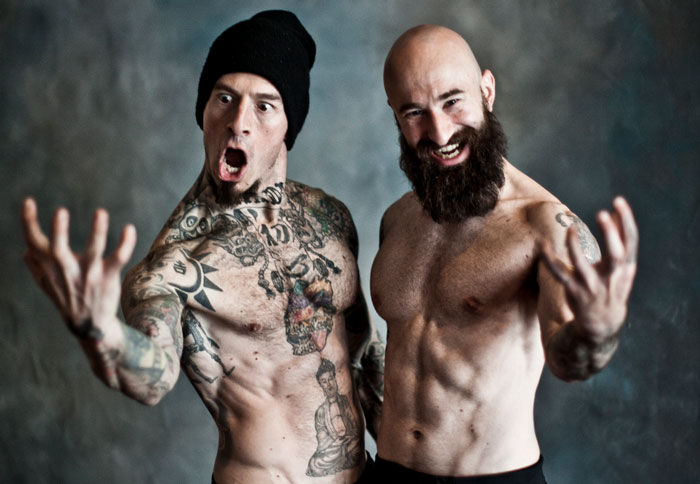
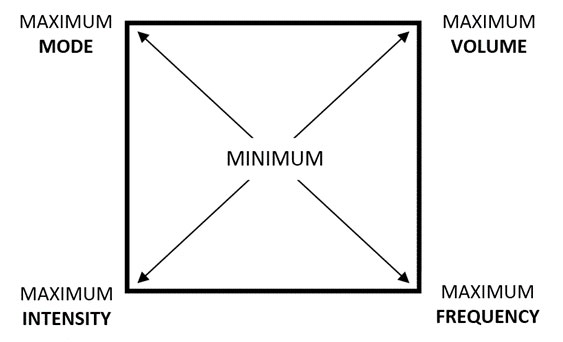
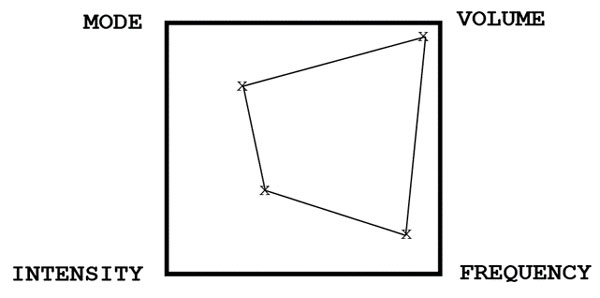
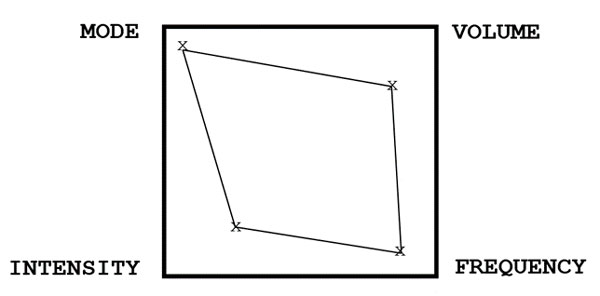

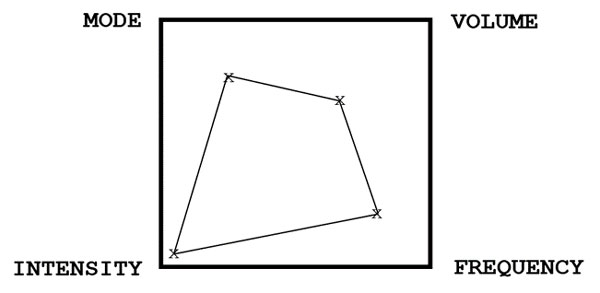
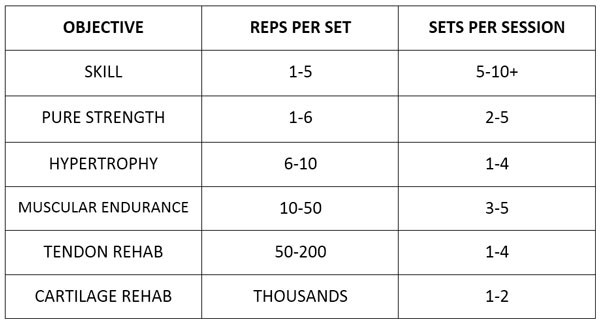
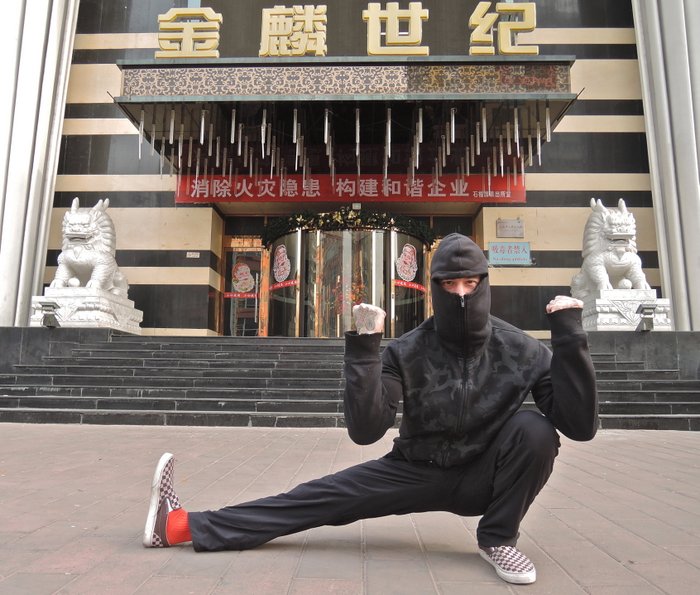
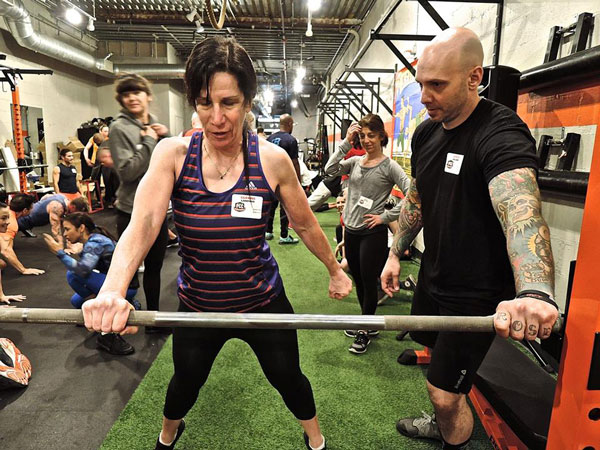
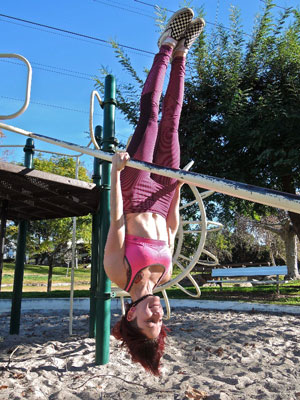
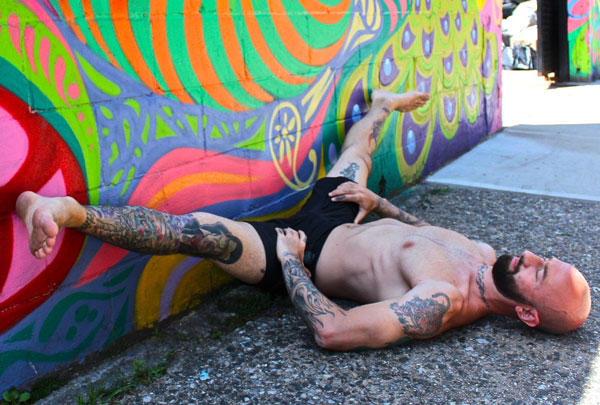
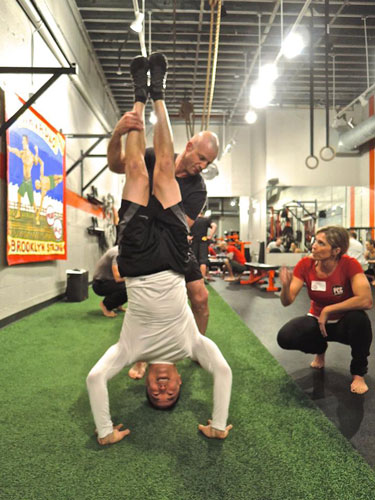
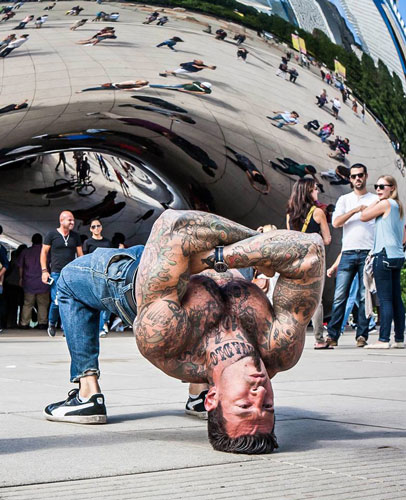
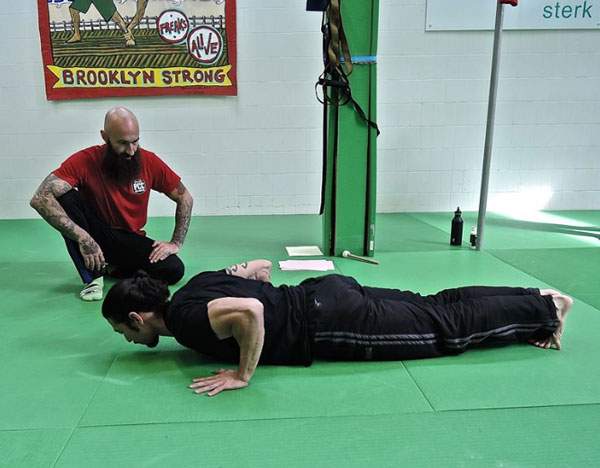
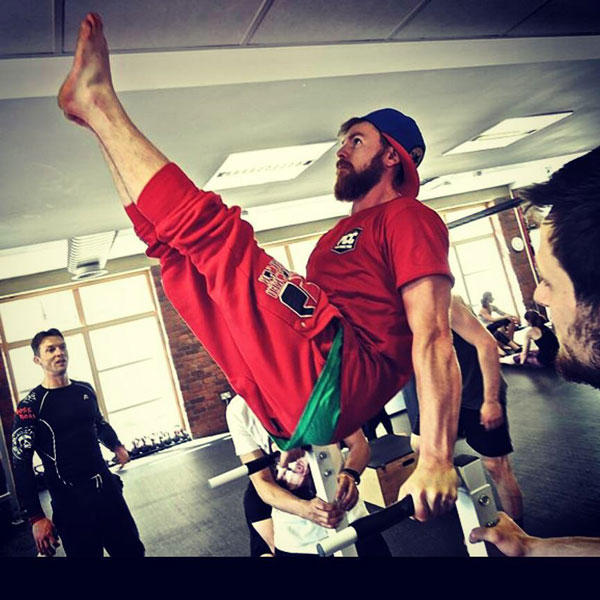
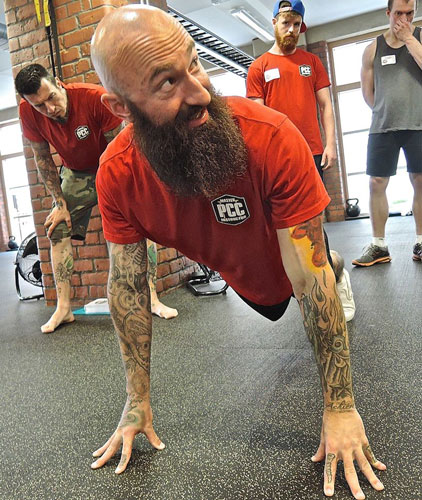
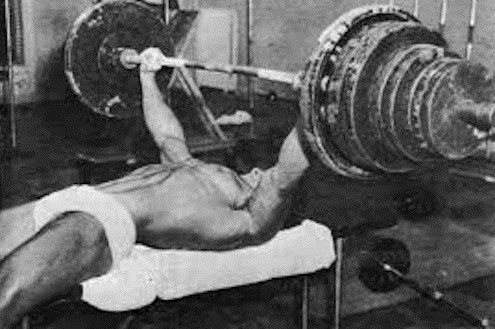
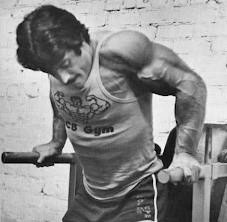 The king of High Intensity Training was Mike Mentzer. He shocked the training world with his one-set-to-failure philosophy, and he practiced what he preached. It was hard to argue with those results, either: back in ‘78 he was the first ever bodybuilder to win the Mr Universe with a perfect score. Many in the know also thought he was the winner of the highly controversial 1980 Mr Olympia, which was actually taken by a well out-of-shape Arnold S., who entered as a last minute contestant.
The king of High Intensity Training was Mike Mentzer. He shocked the training world with his one-set-to-failure philosophy, and he practiced what he preached. It was hard to argue with those results, either: back in ‘78 he was the first ever bodybuilder to win the Mr Universe with a perfect score. Many in the know also thought he was the winner of the highly controversial 1980 Mr Olympia, which was actually taken by a well out-of-shape Arnold S., who entered as a last minute contestant.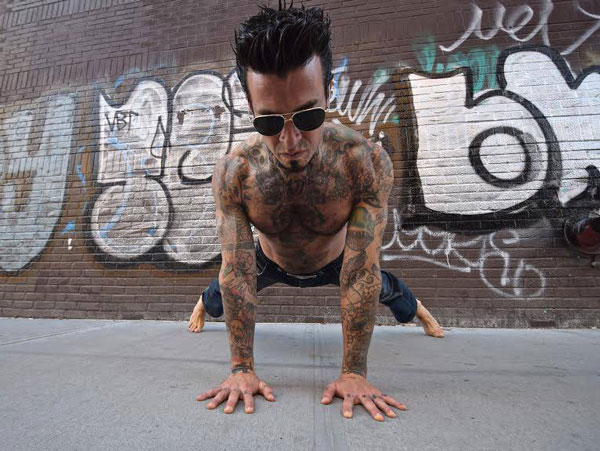
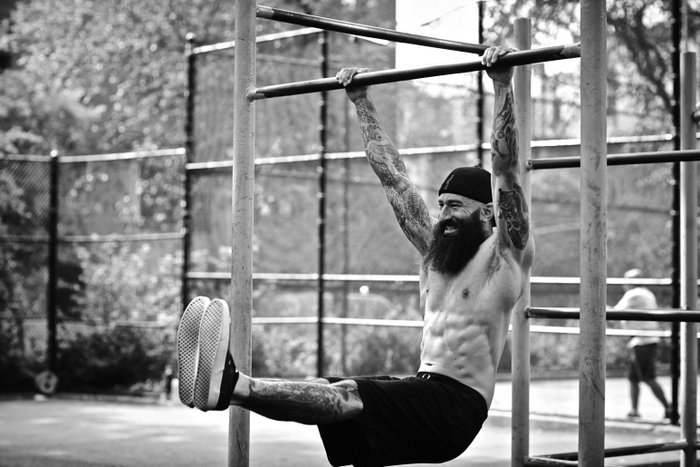
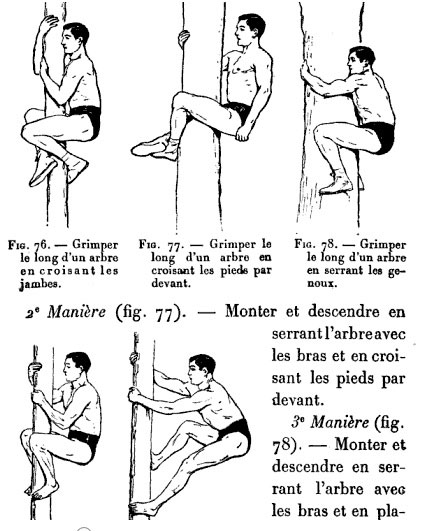
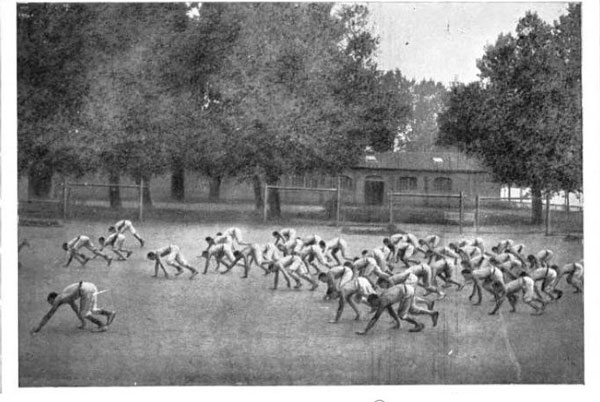
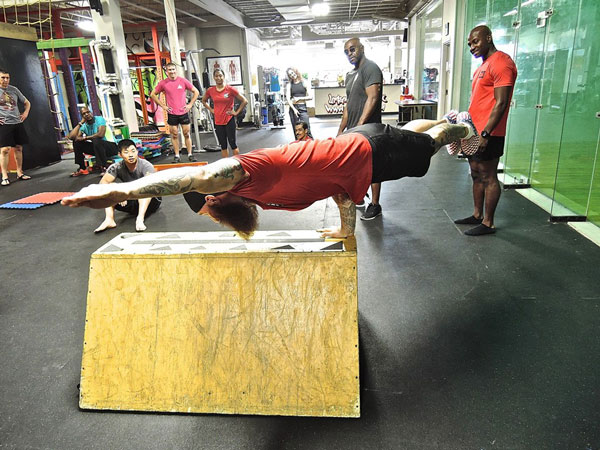
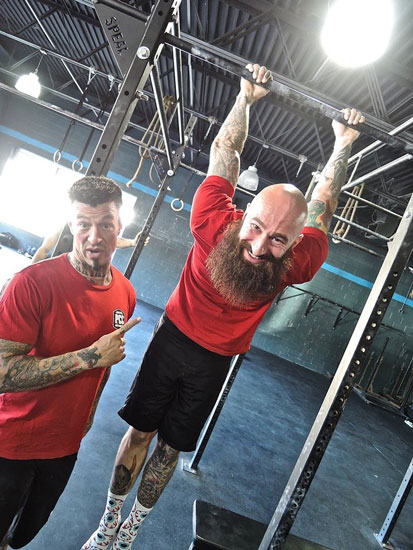
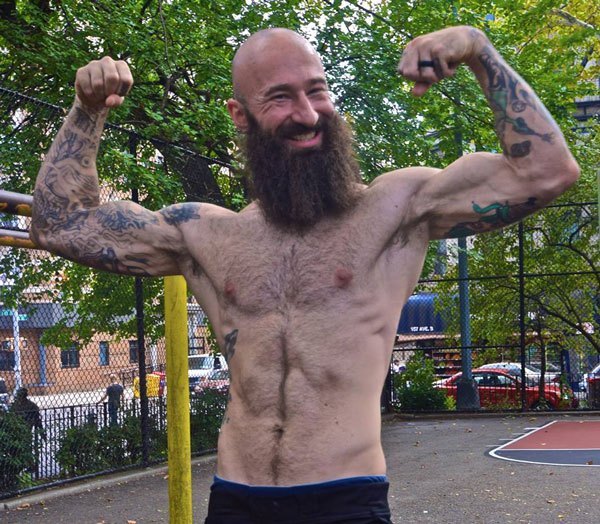
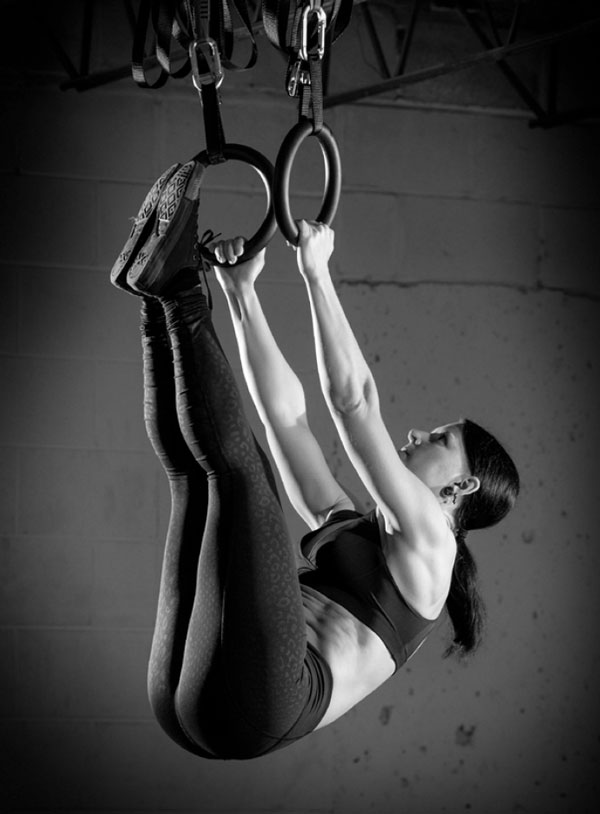
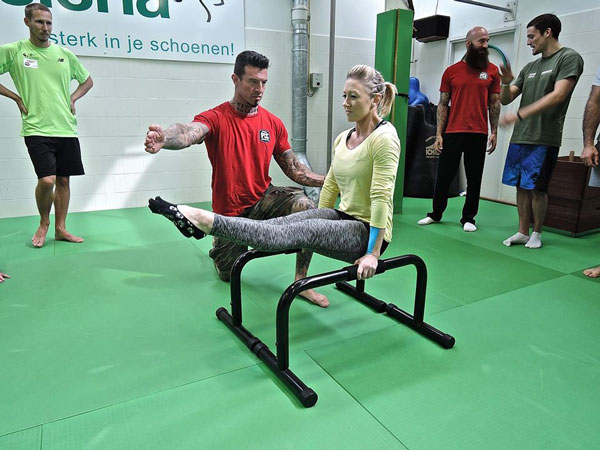

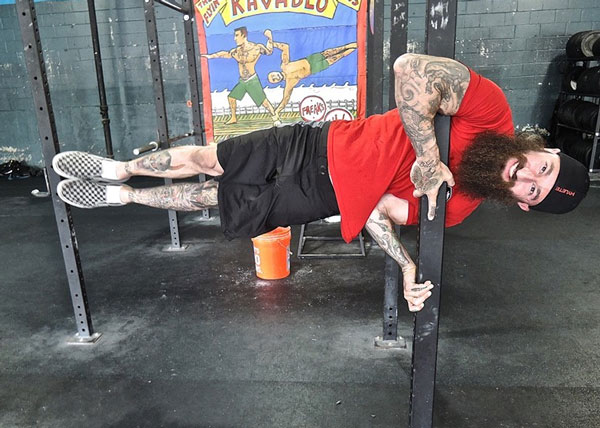
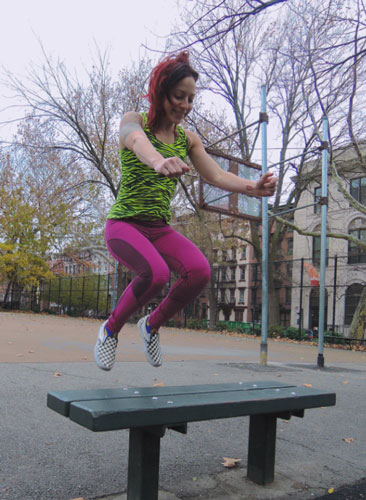

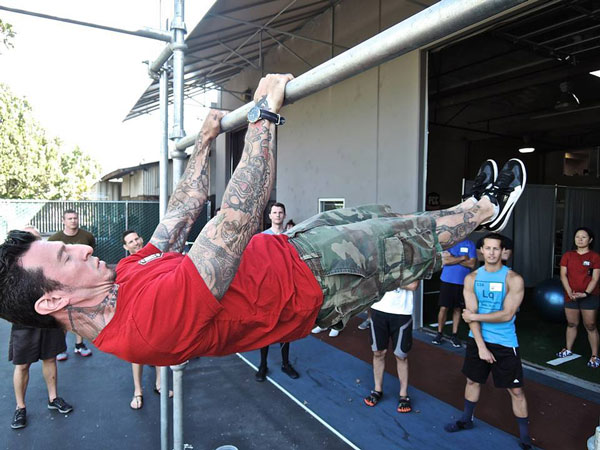
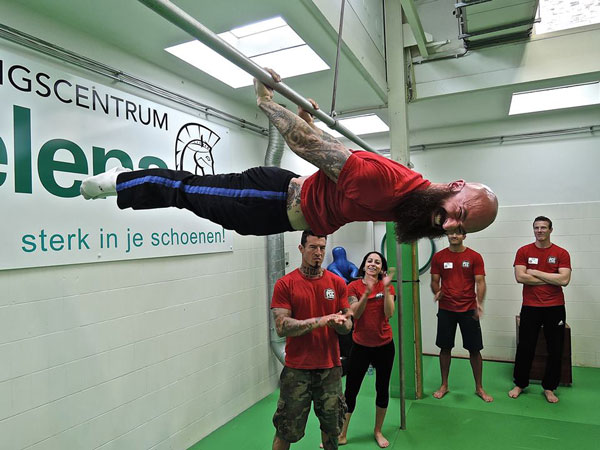
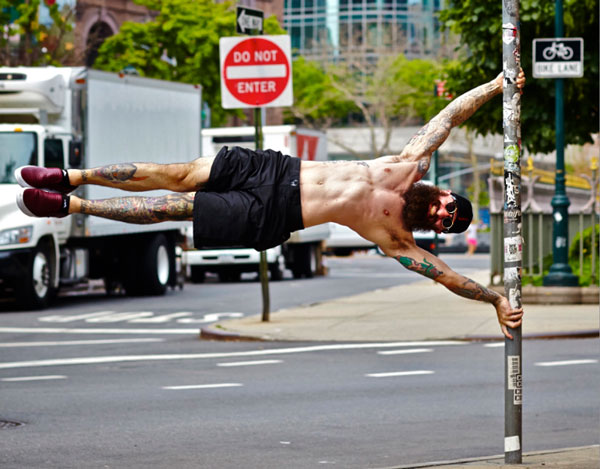
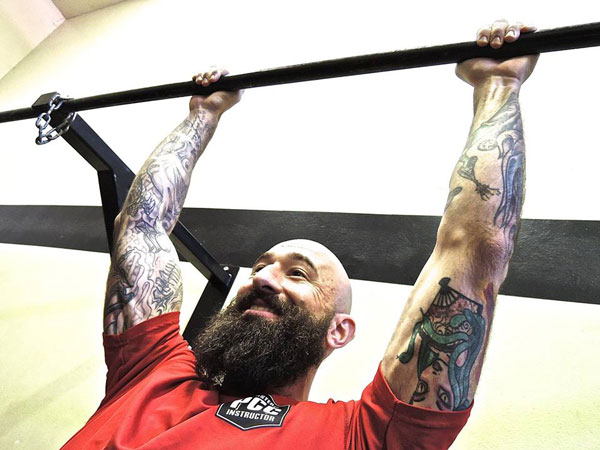
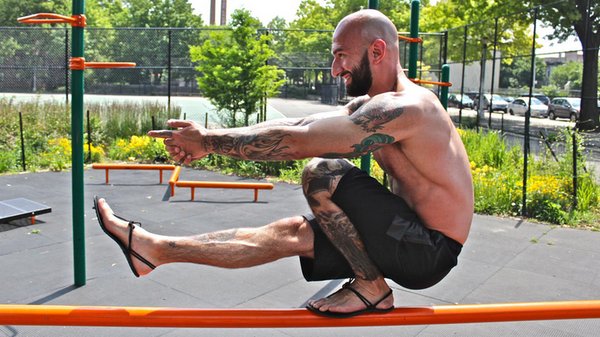
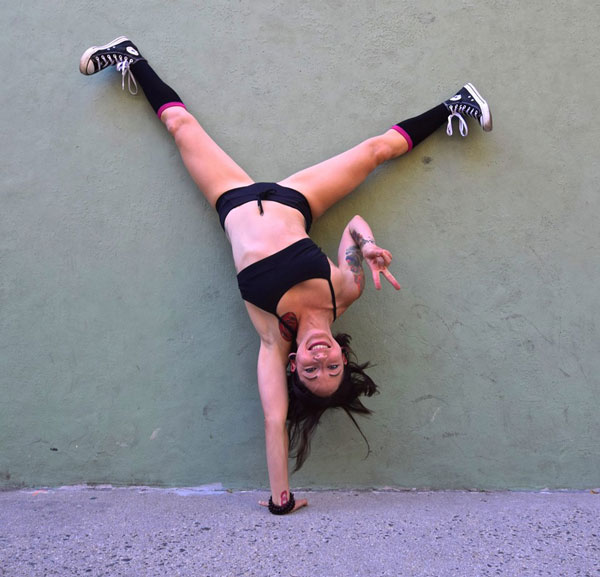
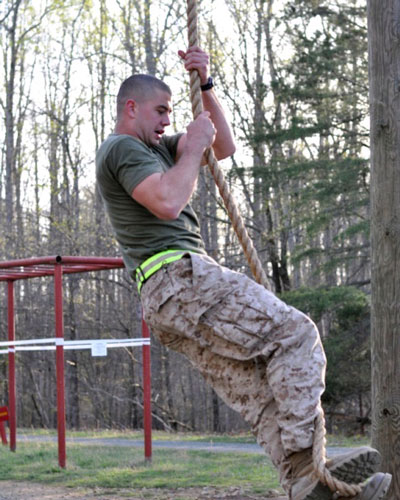

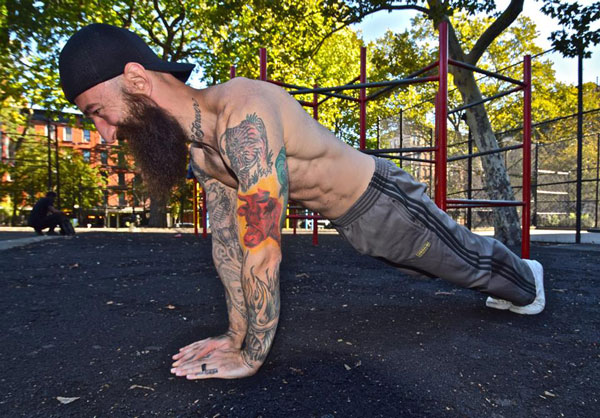

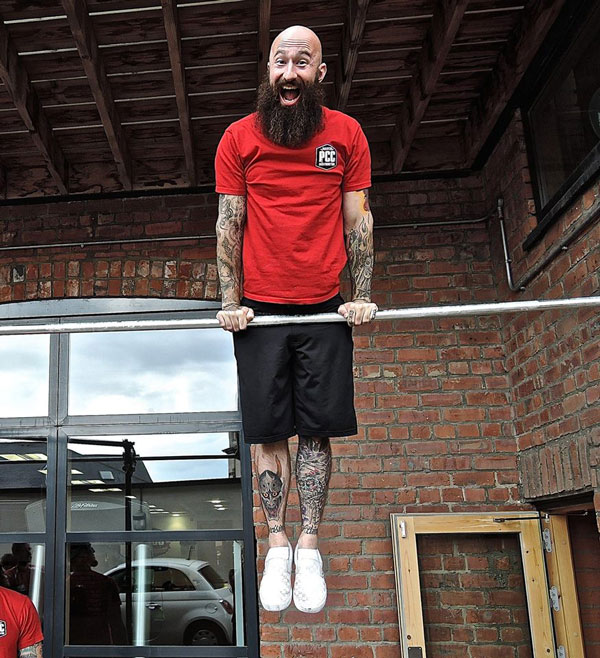
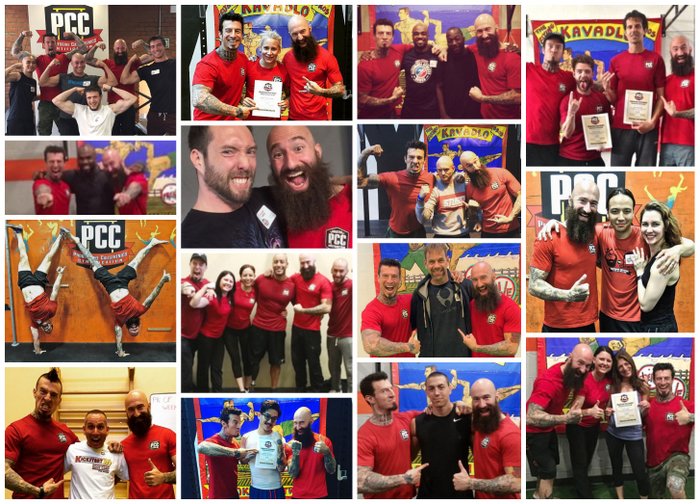 What a great year it has been for calisthenics and the PCC! Danny and I traveled all over the US and Europe in 2015, bringing the Progressive Calisthenics Certification to new places like
What a great year it has been for calisthenics and the PCC! Danny and I traveled all over the US and Europe in 2015, bringing the Progressive Calisthenics Certification to new places like 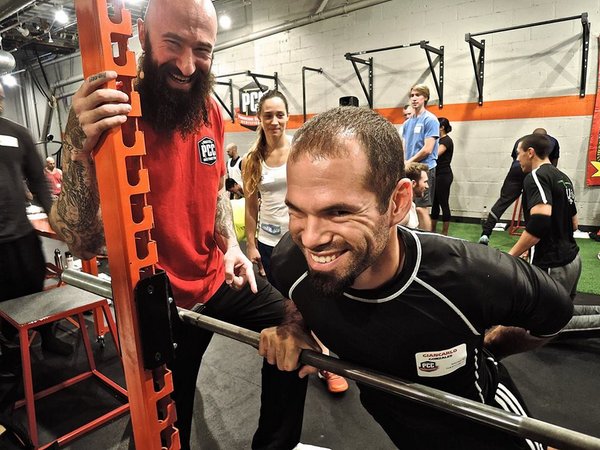 –It’s always an honor to get a blog post from a calisthenics legend like PCC Instructor
–It’s always an honor to get a blog post from a calisthenics legend like PCC Instructor 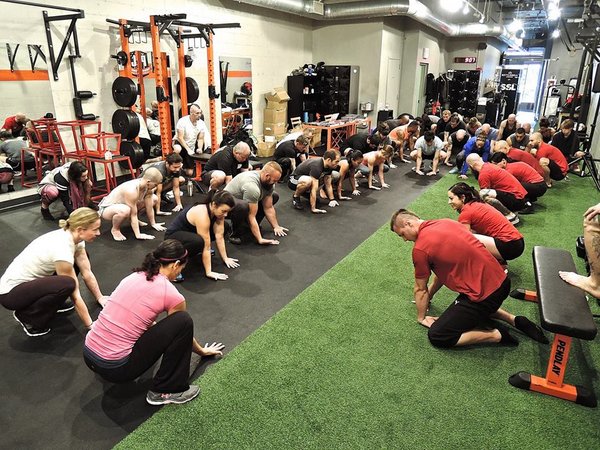 –My wife and fellow PCC Instructor Grace Kavadlo penned this helpful
–My wife and fellow PCC Instructor Grace Kavadlo penned this helpful 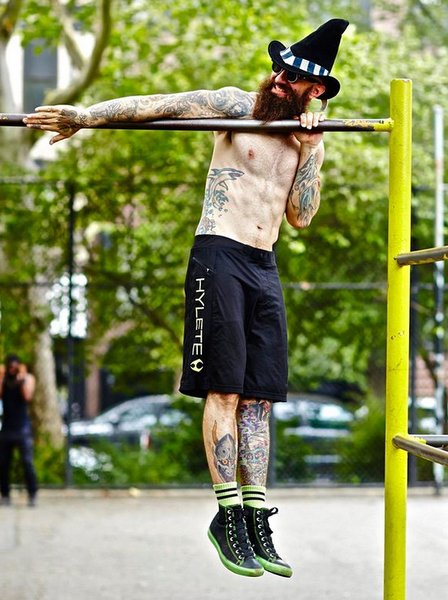
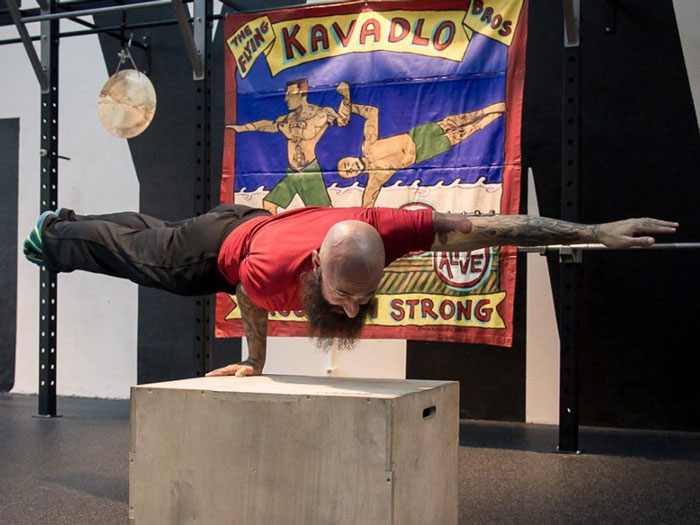 If you look around most mainstream gyms, you’re likely to see people using fancy-looking machines to try hitting each part of their bodies individually. This “isolation principle” of weight training gained popularity with the rise of bodybuilding, where it is effective in sculpting individual muscles in isolation and hoping to counterbalance that effort with each muscle individually, putting them together in a “Frankenstein” fashion to build a muscular physique.
If you look around most mainstream gyms, you’re likely to see people using fancy-looking machines to try hitting each part of their bodies individually. This “isolation principle” of weight training gained popularity with the rise of bodybuilding, where it is effective in sculpting individual muscles in isolation and hoping to counterbalance that effort with each muscle individually, putting them together in a “Frankenstein” fashion to build a muscular physique.
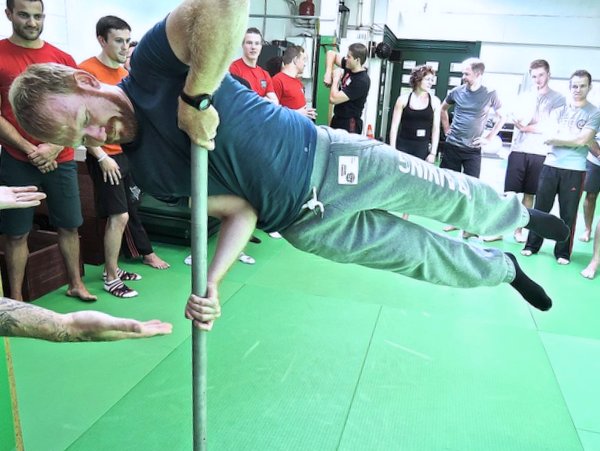
 Joseph A. Schwartz, DC has 31 years experience as a practicing chiropractor with an emphasis on neurology, rehabilitation, nutrition, strength and conditioning. His mission is to empower others so they may exceed their expectations for vibrant health and well-being.
Joseph A. Schwartz, DC has 31 years experience as a practicing chiropractor with an emphasis on neurology, rehabilitation, nutrition, strength and conditioning. His mission is to empower others so they may exceed their expectations for vibrant health and well-being.